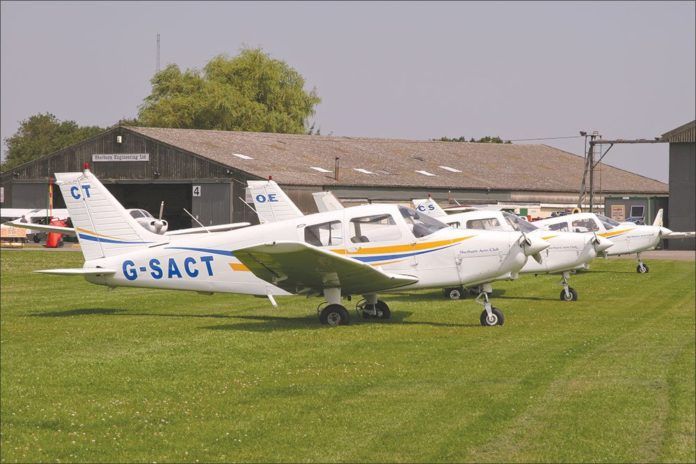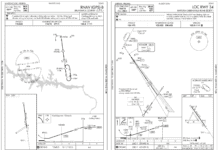New European regs may dramatically increase the number of private instrument pilots, but will force FAA license holders resident in Europe to be dual-qualified.
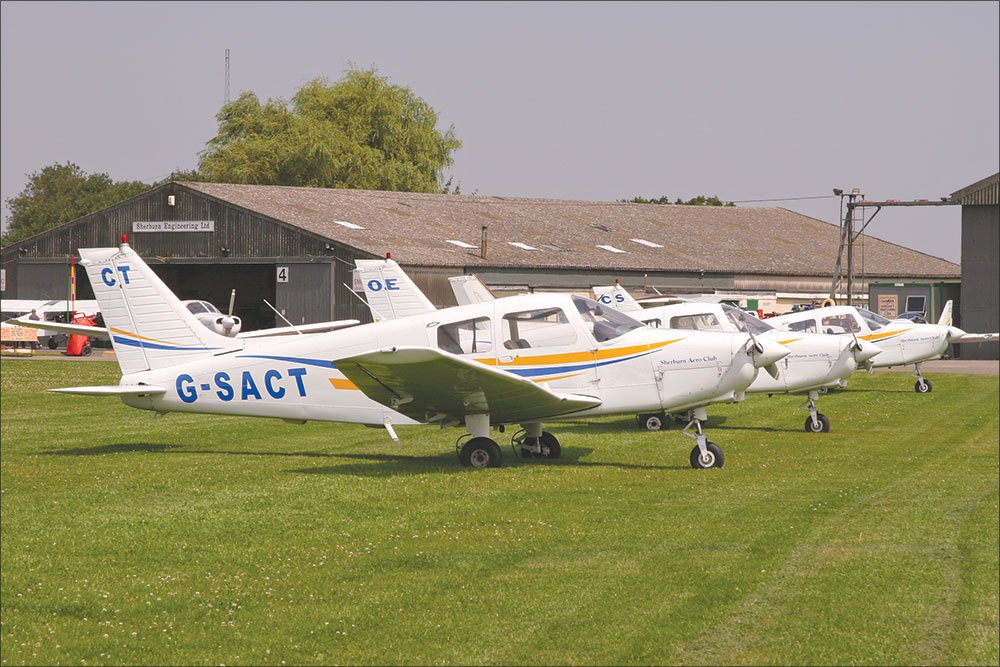
It may surprise U.S. pilots to know that much (perhaps most) private instrument flying in Europe is done in U.S.-registered aircraft using an FAA-issued pilot’s certificate. But the times are a-changing. The European Aviation Safety Agency (EASA) is now the sole authority across much of Europe, enforcing by law what was an amalgamation of voluntary agreements between countries.
Under the new rules, European residents flying U.S. aircraft in Europe will have to have EASA licenses and ratings. This has gotten some inflammatory press, and will certainly pose some burden for Europeans flying on foreign (mostly FAA) licenses.
But it’s likely not quite as grim as some would have you believe. It helps to remember that part of the goal was making it easier for European pilots to get an instrument rating (IR) in Europe. The fallout for FAA certificate holders is mostly collateral damage, but even that may be (somewhat) contained.
IR the U.K. Way
The reality of getting an FAA IR for many U.S. pilots is a few evenings with John and Martha’s sense of humor, a short, online computer test, and 15-40 hours dual with an instructor who might themselves only have a few hundred hours of flight time. Then it’s a skill test with an examiner of their choice. Their original Private pilot rating had different hour requirements, but was probably a similar experience.
Historically, it’s been a bit different for a Private pilot seeking an instrument rating here in the U.K. The requirement was 200 hours of study with an approved ground school, 10 percent of which took place in the classroom. Then there were seven written exams, taking nine hours over two days, at the Civil Aviation Authority (CAA) test center.
With a theory pass, you could start a 50-hour, formal, flight-training course. This was only available at approved training schools, generally staffed with multi-thousand-hour instructors. At the end of the course, there was a mock test with a school examiner before a candidate could be signed off as fit for the real skill test.
The skill tests were administered by a handful of full-time examiners employed by the CAA and working to ATP standards for all candidates. They could only be taken in an approved aircraft with an approved checklist. Foggles or similar personal devices were not allowed; the aircraft had blind-flying screens. The allowable use of GPS or autopilot was limited and a good ability to retain situational awareness from raw data was required.
The performance of an accurate hold was a key test feature, involving rituals likely to mystify an FAA IR holder. The hold was almost inevitably based on an NDB and flown using an RMI. Outbound drift corrections were cross-checked against a back-bearing to the beacon and a correction was expected. Once turning inbound, you checked progress with 90- and 60-degrees to go, taking account of NDB dip error so as to roll out exactly on the inbound track.
Of course, this has as little relevance to real-world instrument flying even in Europe as it would in the U.S. (It’s not entirely useless, as it requires some useful core skills and excellent situational awareness. But Eurocontrol cares about flawless holds about as much as New York Center.)
Other elements of the test are similar in both countries, with precision and non-precision approaches, and partial-panel exercises, although no partial-panel approach is required in the U.K.
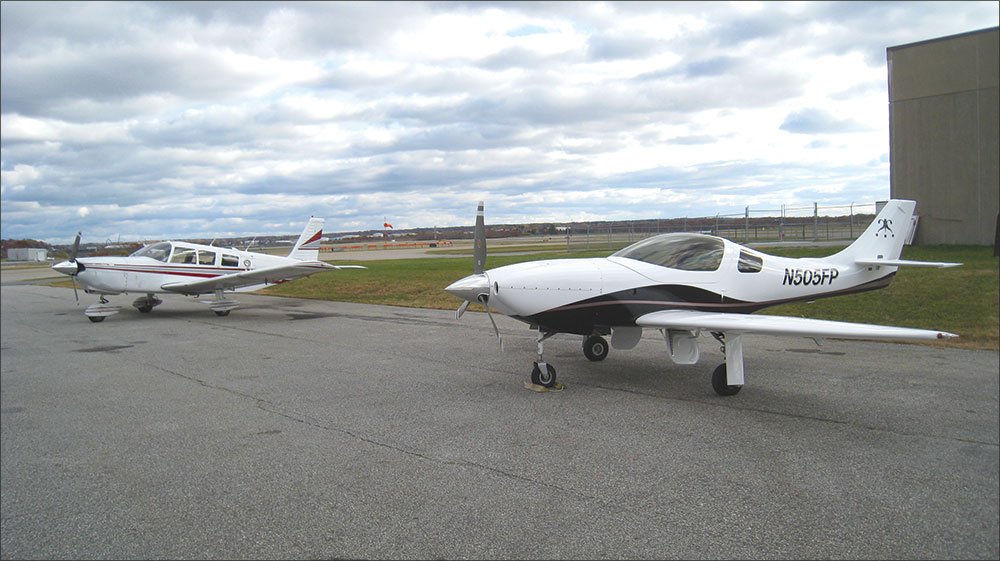
About five percent of U.K. Private pilots have a U.K. IR, compared with maybe 25 percent in the U.S., an undesirable outcome that comes as little surprise. These U.K. IR pilots likely have a higher skill-level, but whether that translates into better safety or efficiency is hard to assess.
The New Way
Actually, there isn’t an official new law just yet. There was a proposal, which was open for comment. I was in on the review of the 1600 responses. Most of these were pretty positive—remember, many Europeans favor the rule because they don’t yet have IRs, or pilot certificates at all.
There were, of course, negative comments. And we were able to sneak some credits into the revised proposal that could help foreign certificate holders. This new proposal will move through the European parliament and probably become law in generally the current form.
The practical fallout is that nothing really happens until April of 2014, and then it only applies to European residents. So if you’re planning a trip with your U.S. airplane over the ocean to tour the Bordeaux region in the summer of 2014, you don’t need to do anything different. Your IR will be respected.
There are also high-level talks between the FAA and EASA that might broaden or reinstate some level of reciprocity, but my personal opinion is that some element of theory and practical testing will remain a requirement.
On the plus side for those seeking new ratings, the irrelevance of much of the theory syllabus has been recognized and the proposed European syllabus for the Private pilot IR has had about 50 percent of the learning objectives removed. Its scope will now be much more comparable with the FAA syllabus but the teaching and examining will still be rather more demanding. I think that the FAA theory is perhaps a little too limited and the proposed European model might be closer to the ideal.
This knowledge test will actually count toward one of two possible IRs. One will be the En Route IR (EIR) and the other will be the full IR. The EIR doesn’t allow approaches, but it lets a pilot depart and arrive visually with a trip through IFR or low visibility in between. The required training will be 15 hours, of which 10 must be from an approved school.
As an aside, visual-only arrival for light aircraft is nothing new. Flying my Cessna 421 IFR to an airshow recently, I discovered on arrival that any aircraft under two tons would not be issued approaches. It was land visually or go somewhere else.
To turn this into full IR, pilots will require a little more experience and another 10 hours in an approved school. Both ratings will have practical tests of the high-proficiency level of the old system, but the EIR will be less comprehensive. A limited IR rating, which allows approaches to higher minimums in certain classes of airspace, has been quite successful in the U.K. for many years.
There are some convoluted additional time requirements. In the end, most candidates will need about 40 hours of decent instruction to become competent instrument pilots. European rules for qualifying simulator time are more generous than in the U.S., but few schools use the maximum, as the residual flight time is inadequate for candidates to reach standard. This may change if the latest simulators prove to be a much better replication of the aircraft.
There is no equivalent in Europe of the U.S. requirement for a long cross-country and simulators may have a role here. U.S. pilots are incredibly fortunate in the availability of airfields where ATC facilitates training approaches, often at little or no cost. In the U.K., it can cost $50-$100 for a single, radar-vectored ILS, and even then it may be grudgingly delivered, and only after priority was given to commercial traffic. When the student is paying $7-a-minute for his dual twin time, extracting the best possible training value from every minute is important.
The EASA rules open up a role for the independent instrument instructor to deliver training not required to be from a flight school. From a U.S. perspective, this is nothing special; but in Europe, it is a remarkable development, with the potential to reduce cost and substantially increase flexibility. It also means some of the training can happen in the candidate’s own airplane, which has legitimate safety benefits.
While the new proposals were being developed, we “sneaked in” a credit for pilots with a third-country rating. If this survives the process, someone with an existing rating from another country (mostly from the U.S.) should be able to take a written test and then train only as necessary to pass the skill test—no specific number of hours needed. It’s unlikely this will be as simple as the U.S.’s foreign-pilot test followed by a Flight Review, but it should offer at least some relief to experienced pilots who have been flying foreign registrations on foreign certificates for years.
The needs of visitors wishing to fly European aircraft with their U.S. licenses have been completely overlooked. Hopefully this will be addressed in the future, as their dollars will be welcome in European flight schools.
Better Pilots?
There seems to be no significant difference in relevant accident rates between the U.S. and the U.K., nor does there appear to be a differing commercial value attributed to pilots trained in either system. In an instrument school where I sometimes teach, a perfectly sharp young guy just back from the U.S. with his new FAA IR took 27 hours of dual to reach U.K. test standard.
This experience is not uncommon and is sometimes taken as an indicator of relative quality. Several years ago, I needed to add multi-engine airplane to my FAA license. It took me 12 hours of dual in a U.S. school to reach test standard, despite my having lots of total time and twin instrument time. This is also not uncommon.
My view is that the need to train to pass the tests says little about relative quality. The U.K. and FAA test systems are just different. Each is difficult in its own way, so most pilots need significant training to switch between systems. The flexible U.S. approach is closer to the real world and probably means that a newly qualified FAA IR is more ready to fly the airways than a U.K. pilot, while the U.K. graduate may well have somewhat sharper basic instrument-flying skills. I don’t think this is a vital difference. In an ideal world, it would be good if U.S. pilots were sharper on basic skills and U.K. pilots better fitted for the real world.
The FAA system of oral examination focusing on areas of poor performance in the written tests is excellent when intelligently applied. Nothing like this exists in Europe. However, I was not impressed by my own experience of being told, “Well, Jim, that’s a great explanation of minimum control speed. But now I need to hear the exact FAA words.”
If we were to have a really valid comparison of the outcomes from the two training systems, we would need to start with a clear idea of the skill set needed by the instrument pilot. My suspicion is that nowhere has such an analysis taken place. Rather, we have systems that have evolved over time, with origins in the needs of the airlines and the military, at a time when their needs and those of a GA pilot were not as different as they are today.
Maybe at the end of the day we worry too much about the detail and the most important factor worldwide is common sense and self-preservation. Unfortunately, there’s no training system I know of that can teach that.
Jim Thorpe is dual qualified in the U.S. and the U.K., as well as being a U.K. instructor. He flies a U.S.-registered Piper Dakota and Cessna 421.
Why Do Europeans Fly N-Registered Aircraft?
About 10 percent of aircraft flying in Europe do so under foreign registrations, primarily U.S. ones. This came about for three main reasons.
Maintenance was easier on the N register and there was much more flexibility to adopt modifications. There are plenty of A&Ps and FAA repair stations in Europe, so finding someone to legally fix your aircraft is not an issue.
U.S. manufacturers typically didn’t certify in Europe because the plethora of national regulations made this uneconomic. With a Europe-wide set of common rules now coming into place, more U.S. manufacturers could reasonably certify their products in Europe. This seems to be happening, so the N Register may be less attractive.
The final driver was that an FAA IR was much easier to obtain, either as a stand-alone rating or as an add-on to a European PPL.
The main negative is that foreign citizens cannot own U.S. aircraft, so legal mechanisms such as Delaware trusts are used and there is a cost associated with this process. With the rule changes described here it may be that this practice declines as well.
Maybe both camps Could Lighten Up On Other Things
While writing this article, I noted about 50 differences between U.S. and European practice. Here are a few:
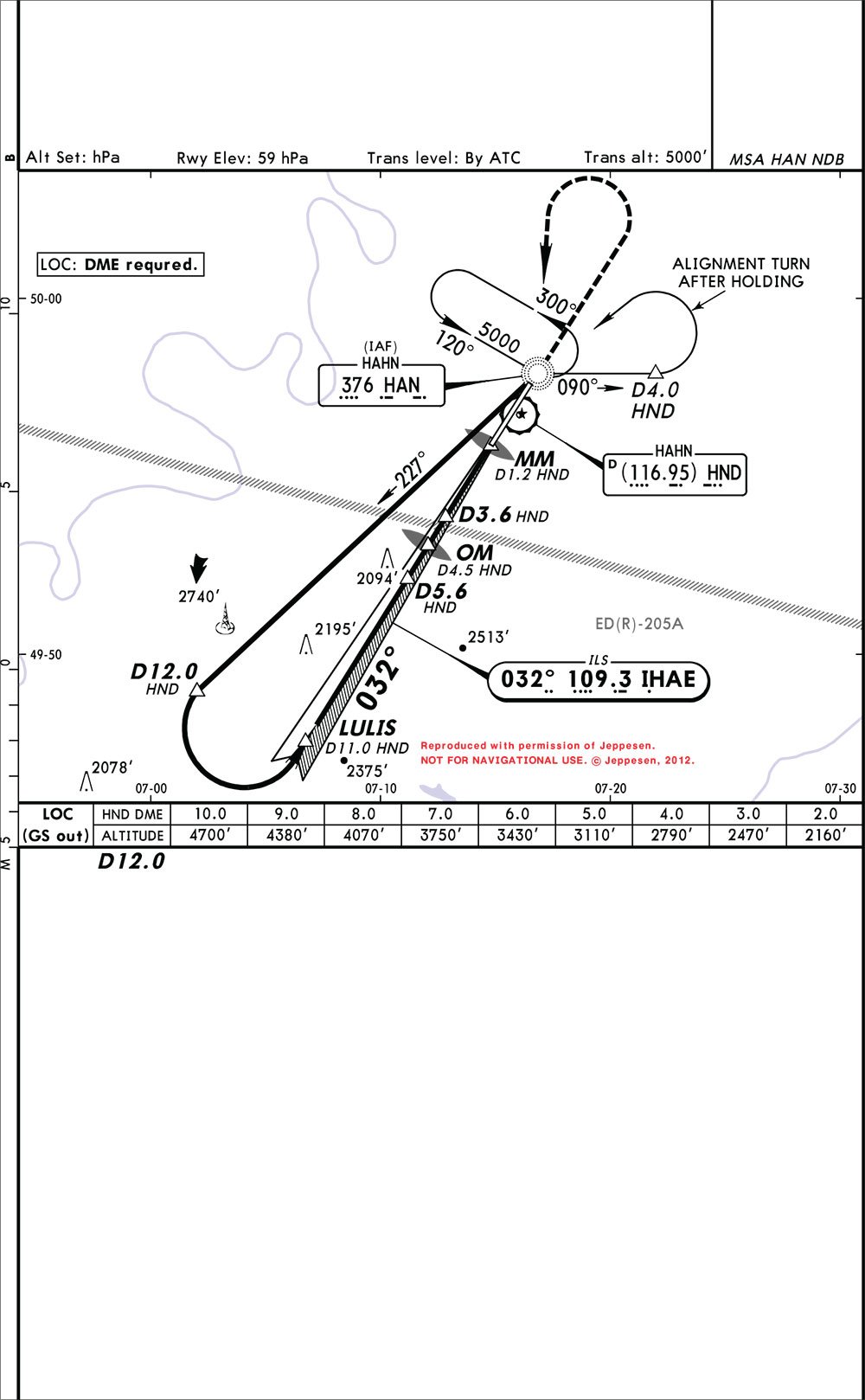
• VOR checks have never existed in Europe and never been missed.
• PIREPs have never existed in Europe, with no apparent impact.
• Procedure turns are rare; reversals are by teardrops. In 30 years of U.K. instrument flying, I have never done a procedure turn for real.
• Backcourse approaches don’t exist in Europe. I have no idea why.
• At U.S. fields without a tower, you can still get IFR clearances on the ground with void times. This is a great system that does not exist in Europe
• Under European rules, DME arcs can be joined
anywhere along the arc. This does not seem to be a problem.
• Runway designators have some trivial differences, but saying “nine” not “zero nine” is really hard to get right.
• Altimeter setting is simpler in the U.S. and the system works. It’s complicated in Europe. For example, U.K. airways, which are Class A, can start as low as 3500 feet—FL35—and crossing military zones requires the use of QFE (standard pressure).
• Instrument currency is by experience in the U.S. It’s by annual flight check in Europe.
And here’s one that will surprise many U.S. pilots: If the U.K. test is taken in a multi-engine aircraft, the engine failure is always just after takeoff, and a single-engine missed approach from ILS minimums is required. The couple of times I’ve landed after a real engine failure, my asymmetric committal height was several hundred feet higher than minimums, and once I descended past that I was landing somewhere no matter what happened on the runway.
To be fair, the single-engine requirements don’t seem to cause more training accidents in the U.K. But I’m not advocating for expansion of this practice. —J.T.

